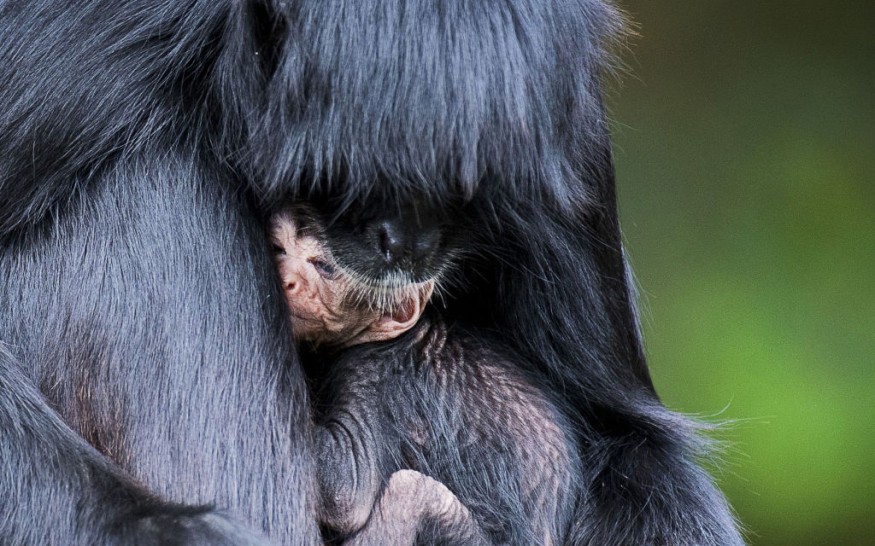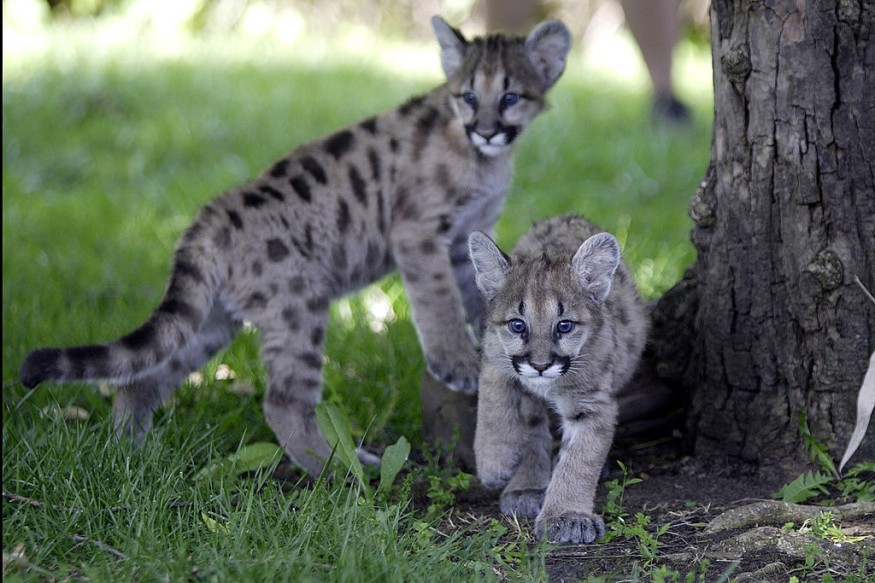Animal behavior researchers frequently rely on hours of video material that they manually analyze. Typically, this entails researchers going over weeks or months of recordings, meticulously jotting down animal behavior observations.
Using AI

Researchers from the ETH Zurich and the University of Zurich have now developed an automated method for analyzing these recordings. They used computer vision and machine learning to construct their image-analysis method. It can recognize individual animals and recognize certain behaviors, such as those that indicate curiosity, fear, or harmonious social connections with other species members.
The system effectively provides scientists with a one-click option for automatically analyzing video footage, regardless matter how long or comprehensive it is. Another benefit of the new technique is its reproducibility. When many researchers use the same algorithm to analyze video data, comparing results is easy because everything is based on the same criteria. Furthermore, the new system is so sensitive that it can detect even modest behavioral changes that occur over long periods of time. "Those are the types of alterations that are frequently difficult to see with the naked eye," explains Markus Marks, the study's lead author, and a postdoc in Professor of Neurotechnology Mehmet Fatih Yanik's lab.
Using Video Footages

The researchers used video footage of mice and macaques in captivity to train the machine-learning system. However, they emphasize that the procedure may be used on any animal species. The scientific community has already heard about their novel approach. The ETH researchers have publicly made the algorithm available, and many of their colleagues have already started using it. "Primate researchers have shown special interest in our technology, and it is already being utilized by a group in Uganda studying wild chimps," Marks adds.
Improving Wellbeing
The novel technology can also enhance animal wellbeing by allowing for continuous monitoring to detect inappropriate behavior. Keepers can quickly intervene to improve circumstances for the animals in their care by spotting negative social interactions or the beginning of sickness early on.
Other Uses
The ETH researchers are also working with the Zurich Zoo to enhance animal husbandry and undertake an automated behavioral study. Zoo researchers had to manually annotate nighttime video footage in a recently released study analyzing patterns of elephant sleep behavior. They believe that by using the new approach, they will be able to automate and scale up similar results in the future.
Finally, the approach is employed in basic research in biology, neuroscience, and medicine. "Our approach can detect even the tiniest or most unusual behavioral changes in study animals, such as indicators of stress, worry, or discomfort," Yanik explains. "As a result, it can assist in enhancing the quality of animal studies and minimize the number of animals used and the burden placed on them," says the ETH Zurich professor, who plans to utilize the technology in his neurobiological study on imitation learning.
For more Similar News, don't forget to follow Nature World News!
© 2025 NatureWorldNews.com All rights reserved. Do not reproduce without permission.





